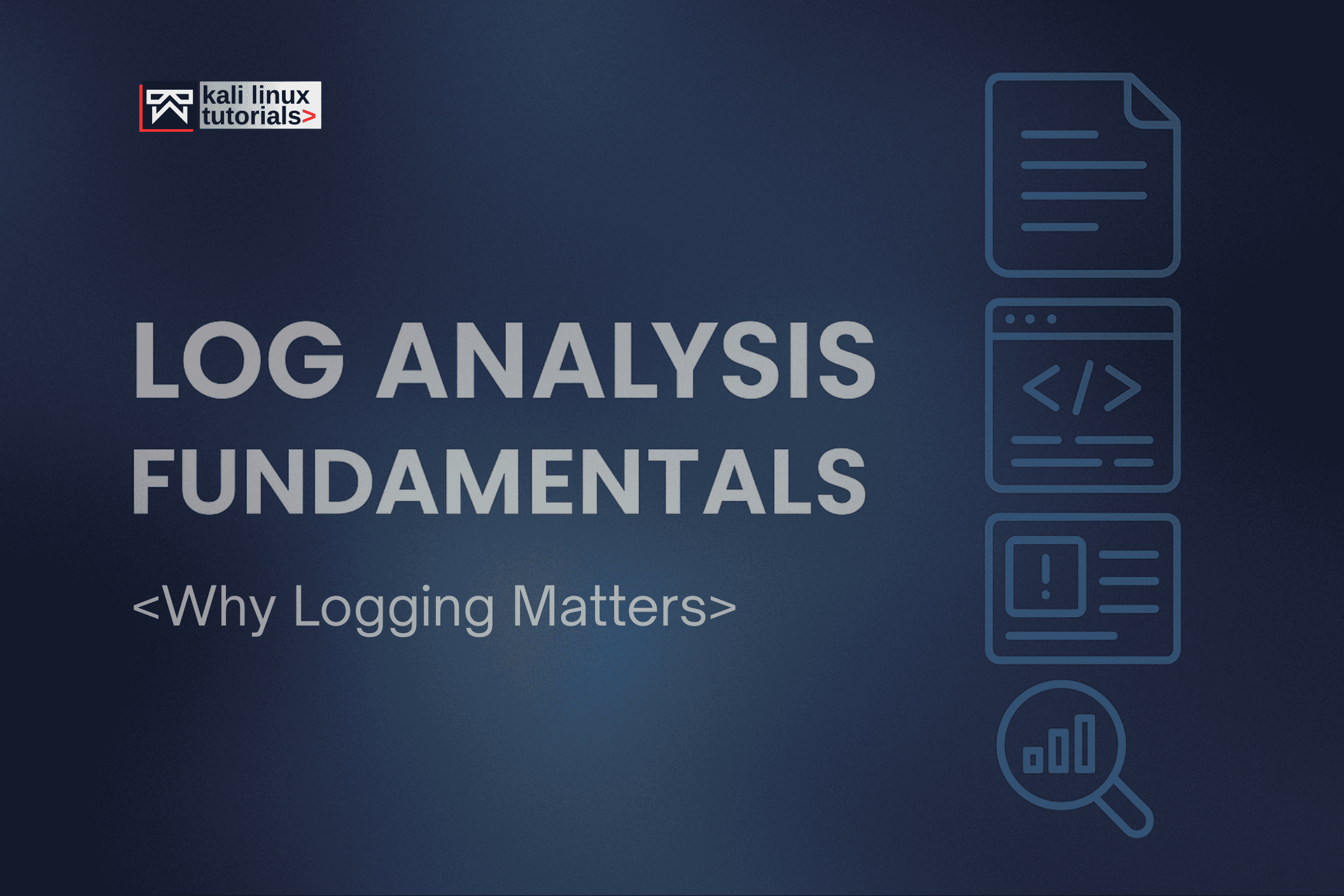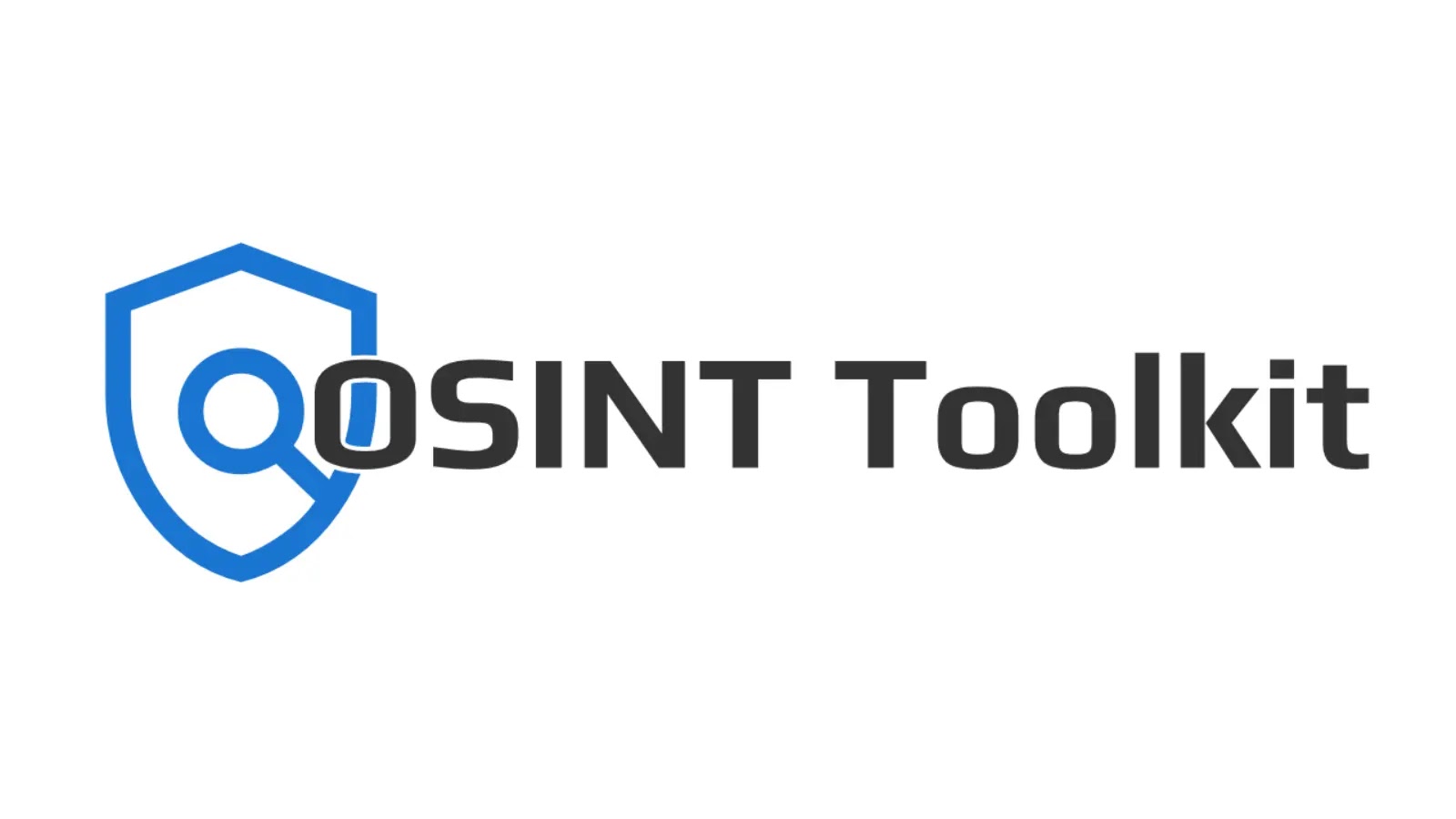General Working of a Web Application Firewall (WAF)
A Web Application Firewall (WAF) acts as a protective layer between web users and web servers. It filters, monitors, and analyzes HTTP and HTTPS traffic to ensure that only safe requests reach the web application. Think of it as a security guard that checks every packet entering and leaving your website.
When a user accesses a website, the request first passes through the WAF. The WAF examines the request for harmful content such as SQL injections, cross-site scripting (XSS), or suspicious payloads. If the traffic appears safe, the WAF forwards it to the web server. If it detects a potential threat, it blocks the request immediately, often returning a 403 Forbidden error to the sender.
The WAF checks several parts of the communication:
- Headers – to identify request origin and type.
- Cookies and query parameters – to detect injection or tampering.
- Payload – to scan for malicious code or scripts.
In short, a WAF ensures that legitimate users access your website normally, while attackers are blocked before they reach the application.
Here’s a simplified sequence of how a WAF operates:
- The user sends a request to the website.
- The WAF intercepts the request before it reaches the web server.
- The WAF inspects it using predefined rules and behavioral analysis.
- Safe requests are passed to the web server for normal processing.
- Malicious requests are blocked and logged.
- Server responses are reviewed before being sent to the user to prevent sensitive data leaks.
Modern WAFs also leverage machine learning and behavior-based detection to identify new and evolving threats in real time. They can be deployed as hardware appliances, software modules, or cloud-based services, each offering scalable and automated protection.
How WAF Works?

Detailed Technical Working of a WAF
A Web Application Firewall is designed to monitor, filter, and protect web traffic between users and applications. It operates at the application layer (Layer 7) of the OSI model and specializes in detecting and preventing attacks that target web applications.
WAFs are vital for defending against web-based attacks like SQL Injection, Cross-Site Scripting (XSS), Cross-Site Request Forgery (CSRF), and command injection. Depending on deployment needs, WAFs can be network-based, host-based, or cloud-based.
1. Request Interception
Every incoming HTTP or HTTPS request passes through the WAF. The WAF intercepts it and divides it into components like headers, cookies, and payload.
Example:
GET /login?user=admin&pass=' OR 1=1 --
Host: secure.example.comThe WAF detects that the ' OR 1=1 -- sequence is a potential SQL injection attempt and blocks the request before it reaches the server.
2. Rule-Based Inspection
WAFs use a rule engine to compare incoming requests against known patterns of malicious activity. These rules include signature-based detection, URL pattern matching, and header validation.
Example configuration:
SecRule REQUEST_URI|ARGS "(select|union|insert)" \
"id:200001,phase:2,deny,status:403,msg:'SQL Injection Attempt'"Rules like these stop common web attacks before they can be executed.
3. Behavioral Analysis
This layer compares user behavior against normal traffic patterns. If a client’s activity differs from the usual pattern, such as sending too many requests in a short time or performing unusual actions, it’s flagged for potential bot or brute-force behavior.
Behavioral analysis can detect:
- Excessive login attempts
- Rapid automated requests
- Unusual API call frequency
4. Payload Analysis
The WAF inspects the body of each HTTP request for encoded or malicious payloads. This includes scanning uploaded files, JSON data, and script injections.
Example code sanitization:
import html
user_input = "<script>alert('Hacked')</script>"
safe_input = html.escape(user_input)
print(safe_input)
# Output: <script>alert('Hacked')</script>This ensures that the input is rendered harmless before being processed by the web application.
5. Anomaly Detection
Advanced WAFs use statistical and AI-driven methods to identify anomalies that don’t match known attack signatures. This helps detect zero-day vulnerabilities or new threat vectors that traditional pattern-based systems might miss.
These mechanisms adapt automatically to traffic patterns, flagging unexpected spikes or suspicious payloads in real time.
6. Decision Engine
After analysis, the WAF’s decision engine decides whether to allow, block, or challenge the request.
- Allow: Safe traffic is passed to the web server.
- Block: Malicious traffic is stopped, often returning a 403 error.
- Challenge: The user is prompted with CAPTCHA or two-factor authentication.
Example error response:
HTTP/1.1 403 Forbidden
Content-Type: text/html
Connection: closeThis ensures no malicious request ever interacts with the application.
7. Response Handling
After the server processes valid requests, the WAF reviews responses before sending them to users. It ensures sensitive data (like stack traces or tokens) isn’t leaked in error messages.
Example secure headers:
Server: WAF-Gateway
X-Frame-Options: DENY
X-Content-Type-Options: nosniffThese headers strengthen the website’s defense against client-side exploits.
8. Logging and Reporting
Every request — blocked or allowed — is logged by the WAF for analysis. Logs include timestamps, IP addresses, triggered rules, and action outcomes. This data is crucial for incident investigation, rule optimization, and compliance.
Example log:
[id "200001"] [msg "SQL Injection Attempt"]
Action: Intercepted (phase 2)
Data: union select user,password from usersCentralized dashboards visualize these logs to help administrators monitor threats in real time.
WAF Deployment Models
WAFs can be deployed in different ways depending on infrastructure and scalability needs:
- Reverse Proxy: Sits in front of web servers and filters all traffic.
- Transparent Bridge: Inline mode without network configuration changes.
- Host-Based: Installed directly on the application server.
- Cloud-Based: Managed as a service for scalability and global protection.
Each deployment offers varying levels of performance, visibility, and control.
Advantages and Limitations
Advantages
- Protects against major web vulnerabilities.
- Centralized monitoring and rule enforcement.
- Meets compliance requirements like PCI DSS.
- Learns and adapts to new attack types over time.
Limitations
- Can cause false positives if rules are too strict.
- Adds minimal latency to traffic.
- Requires ongoing tuning and maintenance.
Best Practices for WAF Management
- Keep rule sets updated regularly.
- Integrate logs with monitoring tools for visibility.
- Enforce HTTPS for all connections.
- Test configurations periodically.
- Combine WAF with intrusion prevention and security scanning tools.
Properly maintained WAFs can significantly reduce attack risks and improve the overall security posture of any web application.
The Future of WAFs
Modern WAFs are evolving into Web Application and API Protection (WAAP) platforms. These solutions combine WAF functionality with bot management, API protection, and DDoS mitigation.
They utilize AI-driven detection and global threat intelligence to defend against advanced attacks across distributed applications and microservices.
Conclusion
A Web Application Firewall (WAF) is a vital defense mechanism that shields websites from malicious traffic, code injection, and automated threats. It inspects every request, filters harmful inputs, and blocks dangerous payloads before they can exploit vulnerabilities.
By combining rule-based inspection, behavioral analysis, and machine learning, WAFs provide both reactive and proactive protection. When properly configured and maintained, a WAF becomes an essential part of a secure web infrastructure – ensuring performance, compliance, and resilience against today’s evolving cyber threats.
Read more : How Firewall works?










%20Works.png)




.webp)
.webp)
